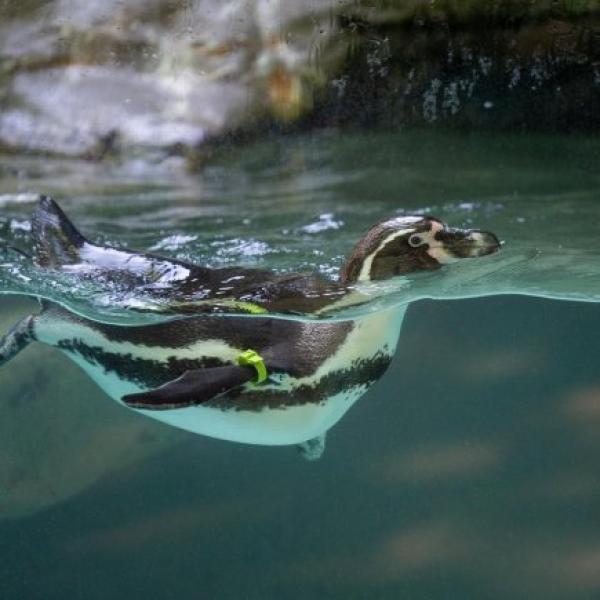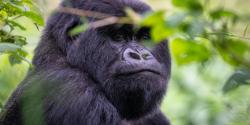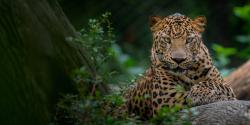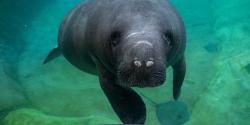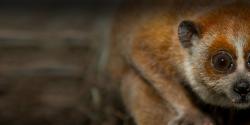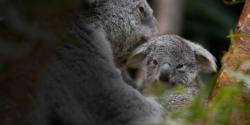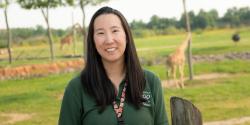The Humboldt penguin gets its name from the Humboldt Current. This large ocean current brings cold, nutrient-rich waters north along the western coast of South America, close to their native range in Peru and Chile.
These penguins, which thrive in warm weather, cool off in the dry climate by jumping into the water. Any excess heat is released from bare patches of skin on their faces.
Scientific Name: Spheniscus humboldti
Conservation Status: Vulnerable
Size: Adult height is around 25 inches
Weight: Adults range between 8 and 10 lbs.

